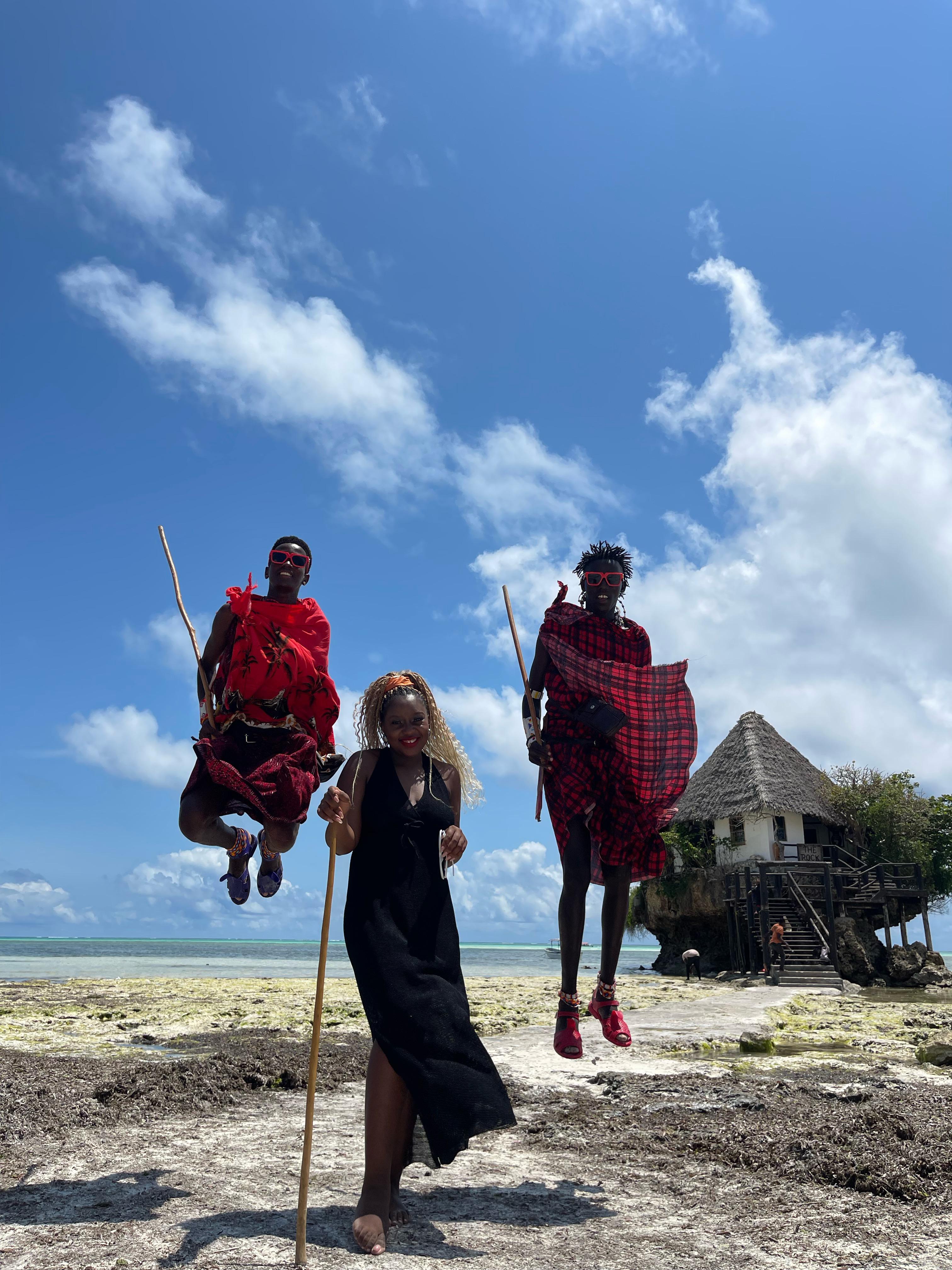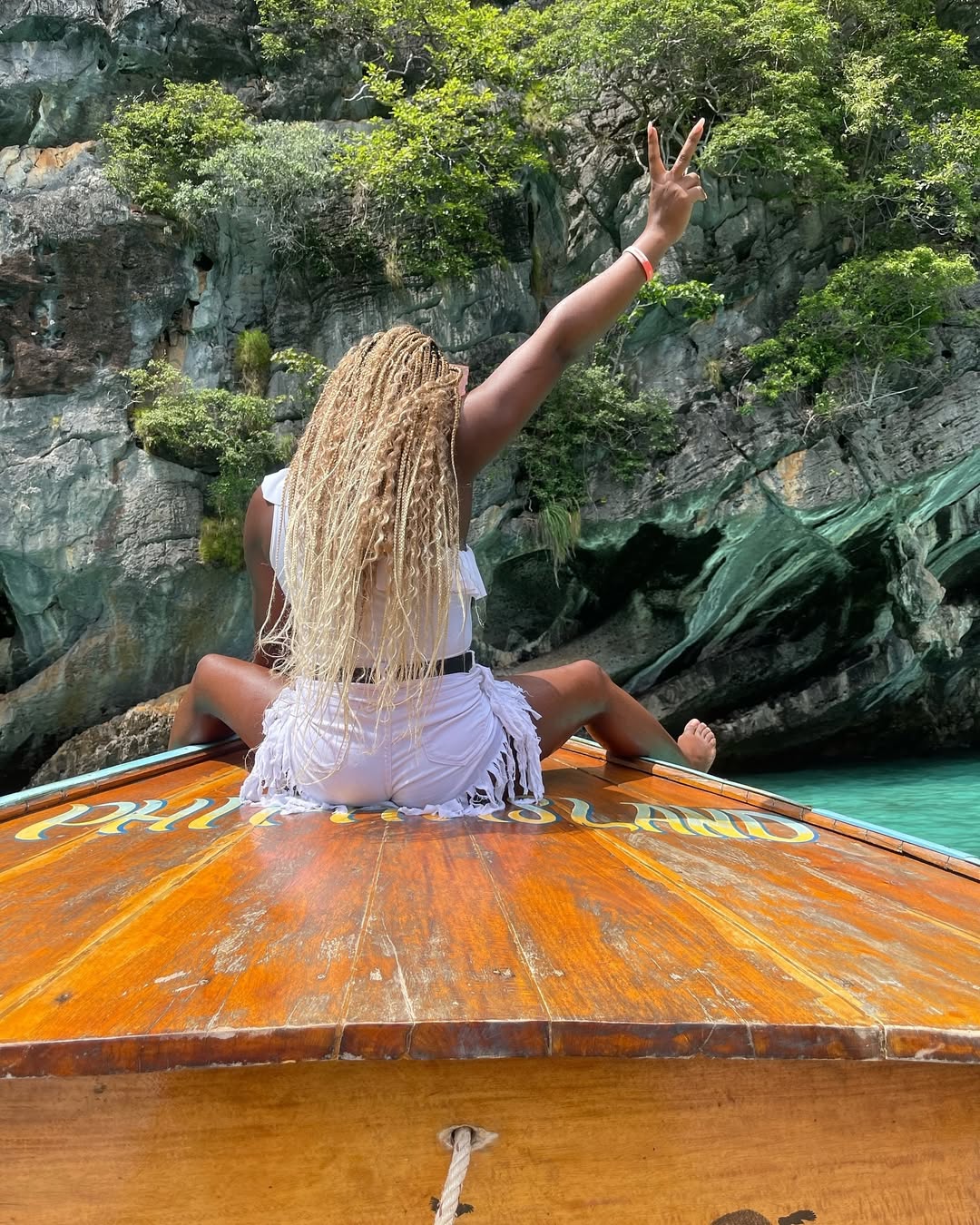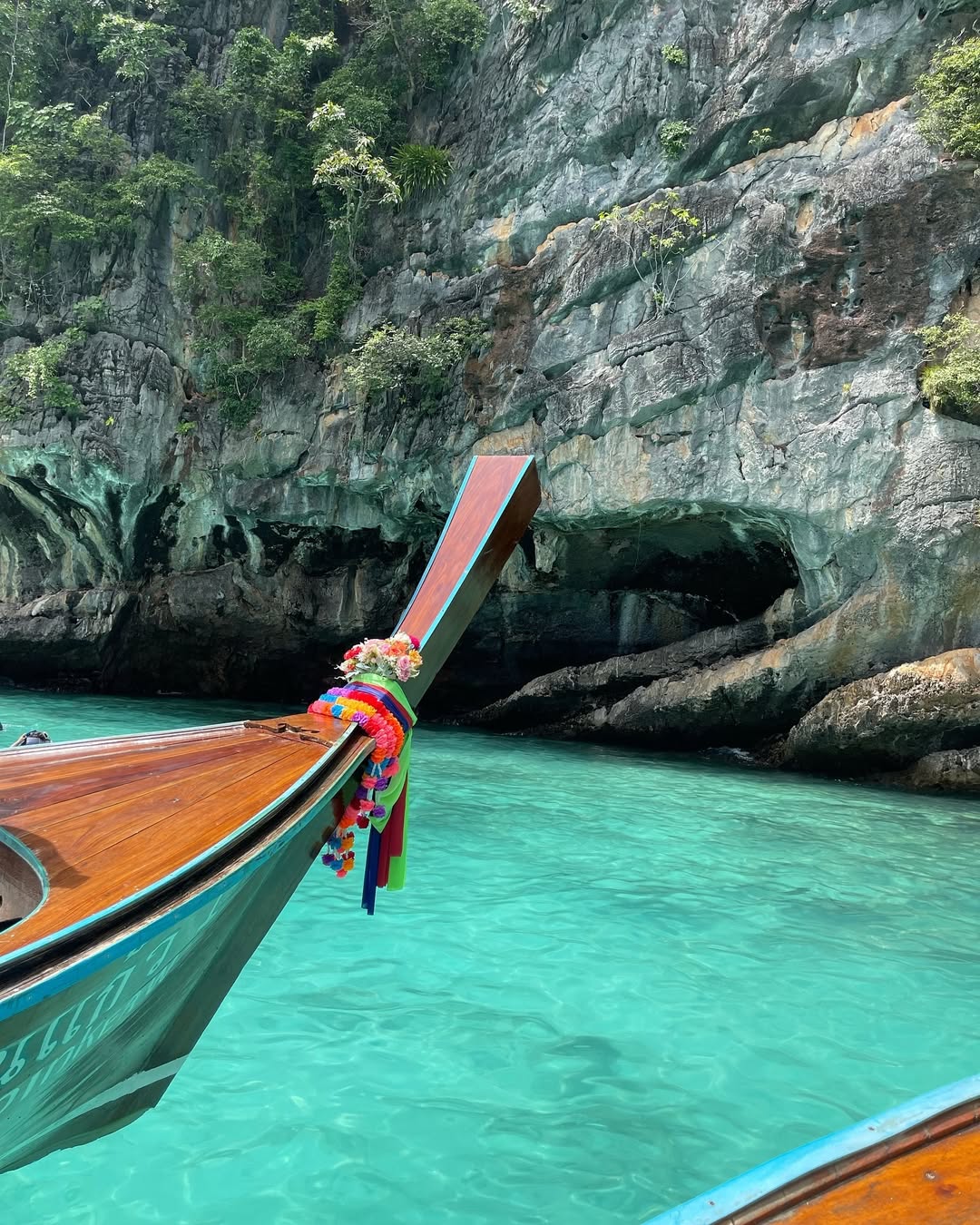Meeting the Maasai Mara
As a South African traveler, meeting the Maasai Mara people of Tanzania is a unique and enriching cultural experience. I am from the Sotho tribe of South Africa and meeting the Massai mara resembled so much of my culture , even some of the words they spoke resemebled so much with my own language . The Maasai, are known for their vibrant red attire, intricate beadwork, and warrior traditions,which offer a glimpse into one of Africa’s most enduring indigenous cultures. Whether you're exploring the Serengeti , Zanzibar or visiting a traditional Maasai village, this guide will help you navigate the customs, traditions, and etiquette when meeting the Maasai people.
So who are the Maasai??
The Maasai people are a semi-nomadic ethnic group residing in Tanzania and Kenya. They are known for their strong warrior culture, deep-rooted traditions, and harmonious relationship with nature. Despite modernization, the Maasai have preserved their language, clothing, and unique way of life.
As a South African traveler who has spent an enormous amount of time among the Maasai, I’ve always been struck by the richness of their social fabric, which feels both ancient and alive. The Maasai’s age-set system, with its intricate rituals, is a marvel to witness. Take Eunoto, for example—which is the coming-of-age ceremony for young warriors. I was fortunate enough to attend one, and the energy was electric. The young men, adorned in vibrant shukas and intricate beadwork, danced with such intensity that the ground seemed to vibrate beneath their feet.
It’s not just a celebration; it’s a profound transformation, marking their shift from warriors to junior elders, a moment that binds the community together. And then there’s their relationship with cattle—oh, it’s something else! To the Maasai, cattle are more than just livestock; they’re a symbol of life itself, woven into their songs, stories, and even their prayers.
I’ve sat around many a fire, listening to elders speak of their herds with a reverence that borders on the spiritual. Yet, what truly amazes me is how the Maasai navigate the modern world. Despite the pressures of land loss and a changing climate, they hold fast to their identity, blending tradition with resilience in a way that leaves me in awe every time. It’s a lesson in cultural pride that stays with you long after you’ve left .
1. The Maasai Greeting and Etiquette
When visiting a Maasai community, it’s important to show respect by understanding their greeting customs.
- Traditional greeting: The Maasai greet each other by saying "Supa" (hello) and "Serian" (peace).
- Handshakes: A firm handshake is common, sometimes accompanied by a shoulder touch.
- Respect elders: Always greet elders first as a sign of respect.
2. Dressing Appropriately
While the Maasai dress in their distinctive shúkàs (red, blue, or purple cloths), as a visitor, it’s best to dress modestly.
- Women: Long skirts or trousers with covered shoulders.
- Men: Trousers and a comfortable shirt.
- Avoid overly revealing clothing out of respect for their traditions.
3. The Famous Maasai Jumping Dance (Adumu)
One of the highlights of visiting a Maasai village is witnessing the Adumu (jumping dance). This dance is performed by young Maasai men, showcasing their strength and agility.
- Can you participate? Yes! The Maasai often invite visitors to join the dance. I joined the dance trying my absolute best to outjump them and boy did I fail …
- What does it mean? It symbolizes warrior strength and is an important part of their coming-of-age rituals.
4. Understanding Maasai Livelihood
The Maasai are traditionally pastoralists, meaning they depend on cattle for their livelihood.
- Cattle are their wealth: Maasai measure wealth by the number of cows they own.
- Milk and meat-based diet: They consume milk, meat, and sometimes drink a mixture of milk and cow blood for nutrition.
- Trading and tourism: Today, some Maasai communities engage in tourism, selling handmade jewelry and crafts.
5. Visiting a Maasai Village (Manyatta)
A visit to a Maasai Manyatta (village) offers a chance to interact with the community and learn about their way of life.
- Expect a warm welcome: The Maasai will likely greet you with singing and dancing.
- Village structure: Huts are made from mud, sticks, and cow dung.
- Support the community: Purchasing authentic Maasai jewelry or crafts directly from villagers helps support their livelihoods.
6. Respecting Maasai Traditions
When engaging with the Maasai, keep these cultural sensitivities in mind:
- Do not take photos without permission: Always ask before taking pictures. With the obsession of social media following I cannot stress how important it is to do this. Ask, ask, ask and extend your generosity by tipping well.
- Avoid touching people's heads: The head is considered sacred.
- Accept gifts and food with both hands: A sign of gratitude and respect.
7. The Role of Maasai Women
Women in the Maasai community are the backbone of their society, seamlessly balancing tradition and the demands of modern life. From a young age, Maasai girls are taught the skills necessary to manage households, including building and maintaining manyattas (traditional homes), fetching water, and preparing meals.
They are also the primary caregivers for children and livestock, ensuring the family’s well- being. Beyond their domestic roles, Maasai women are the custodians of cultural heritage, crafting the iconic beadwork that tells stories of their community’s history, values, and social status. Each color and pattern in their intricate jewelry carries meaning, often reflecting milestones or roles within the tribe.
In recent years, Maasai women have also taken on more active roles in economic activities, such as selling beadwork and other crafts to tourists, which has empowered many to contribute to their families’ livelihoods in new ways. After having an in depth conversation with most women in the area I noticed that despite the patriarchal structure of their society, Maasai women are increasingly advocating for education and gender equality, paving the way for future generations to thrive while still honoring their rich cultural identity.
I'd categories their roles into these three
- Beadwork artisans: Maasai women create intricate beadwork, symbolizing social status and life events.
- Household responsibilities: Women build houses, fetch water, and care for livestock.
- Marriage customs: Traditionally, Maasai marriages are arranged, and dowries are paid in cattle.
8. Conservation and the Maasai
The Maasai have a deep respect for wildlife and play an essential role in conservation efforts.
- Coexisting with wildlife: Living near the Serengeti and Ngorongoro Crater, the Maasai have adapted to life alongside Africa’s Big Five.
- Eco-tourism projects: Many Maasai communities are involved in sustainable tourism and wildlife conservation initiatives.
9. Learning a Few Maa Language Phrases
Though many Maasai speak Swahili or English, learning a few words in Maa, their native language, can enhance your experience. These are the few words I jotted down , hope they help you on your next encounter
- Supa – Hello
- Ashe oleng – Thank you
- Serian – Peace
- Nanu – Yes
10. How to Visit the Maasai Ethically
To ensure a respectful and ethical visit, keep these tips in mind:
- Book with responsible tour operators that work directly with Maasai communities.
- Avoid exploitative experiences that treat the Maasai as tourist attractions rather than a proud people with rich traditions.
- Support local businesses by purchasing directly from Maasai artisans.
"you’ll leave with a newfound appreciation for one of Africa’s most iconic cultures"
Meeting the Maasai people of Tanzania as a South African is an eye-opening experience that offers deep cultural insights. By respecting their traditions, engaging with their customs, and supporting their community, you’ll leave with a newfound appreciation for one of Africa’s most iconic cultures. Ready to explore the heart of Maasai land? Let us help you plan an unforgettable cultural journey!







Leave A Comment